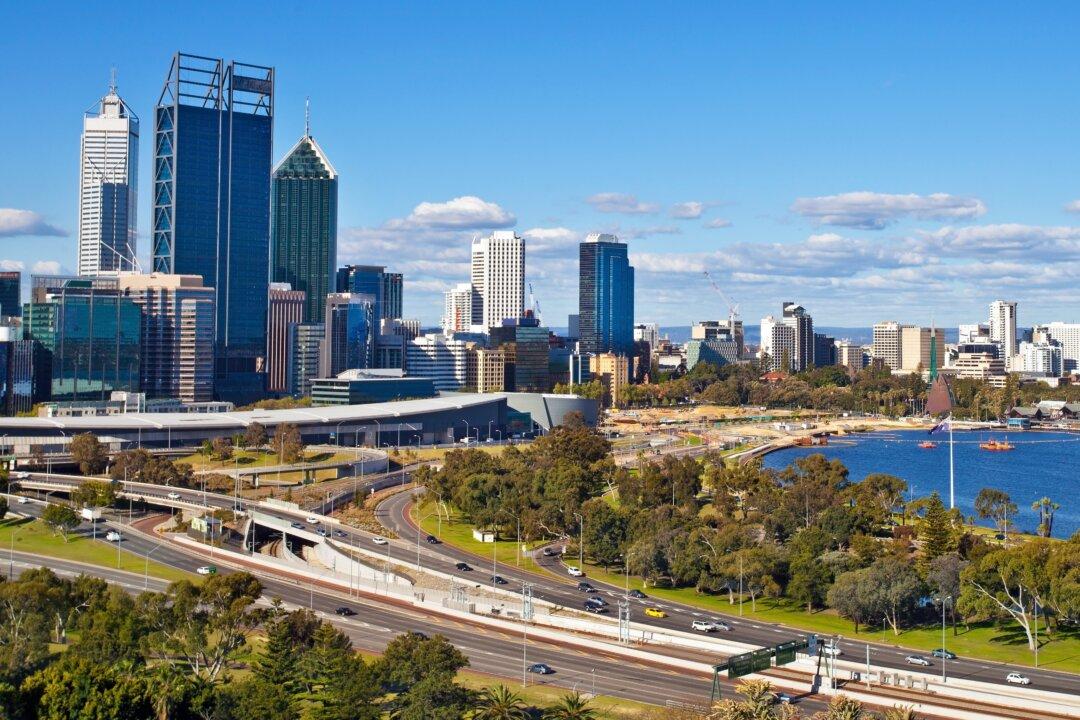In the last month, power shortages caused by a lack of dispatchable energy have forced New South Wales (NSW) Tomago Aluminium smelter to halt operations on several occasions.
The smelter is one of Australasia’s largest, contributing $1.5 (US$1.2) billion per year to the Australian economy and producing 25 percent of Australia’s primary aluminium.





